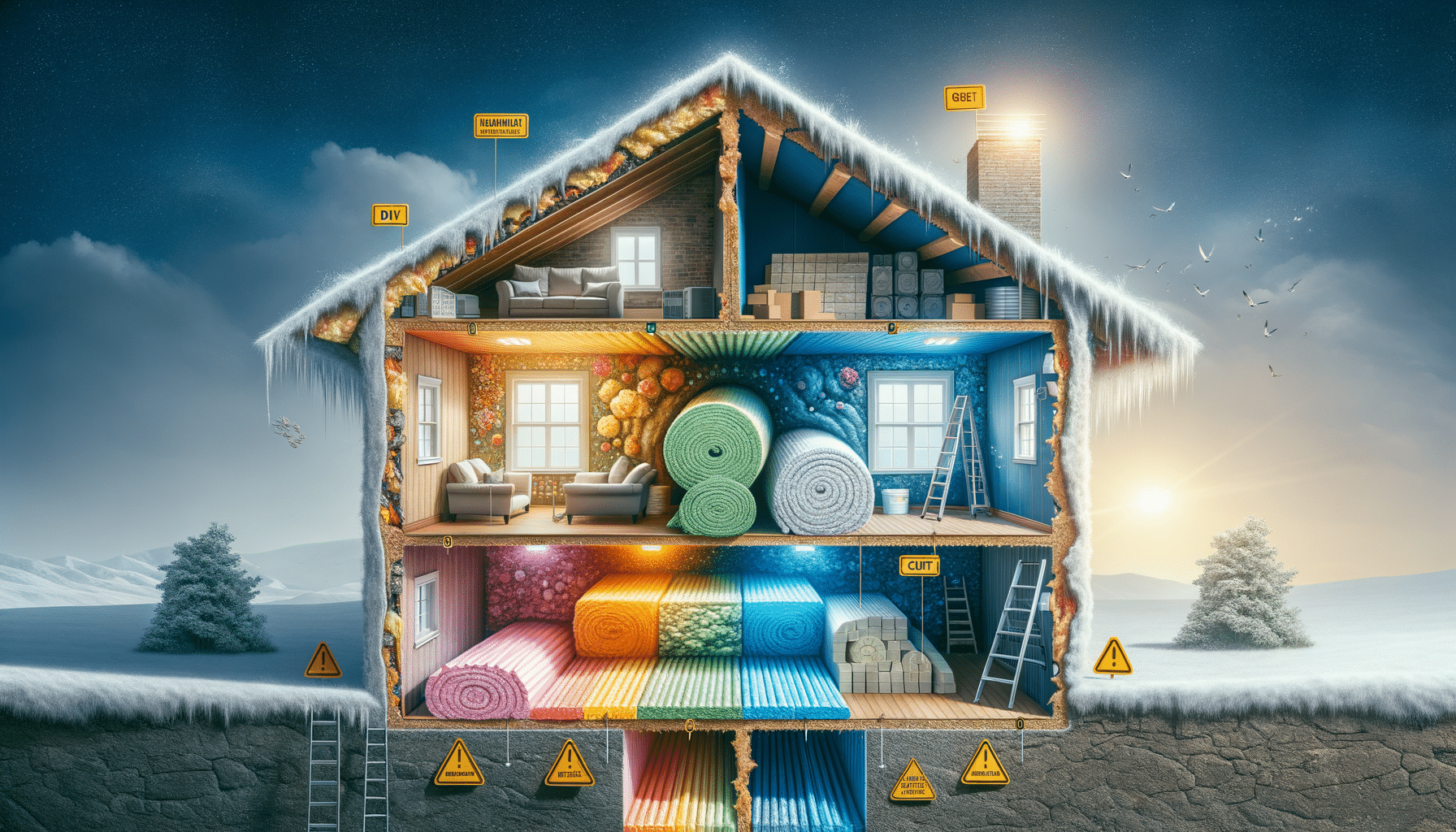
Common Home Insulation Challenges to Avoid.
Ideal Time to Insulate Your Home
When it comes to insulating your home, timing can be everything. The ideal time to insulate is typically during the warmer months, from late spring to early fall. This period allows for easier installation as the materials and adhesives used in insulation perform better in moderate temperatures. Additionally, working during this time can help you avoid the discomfort of working in cold conditions, especially if you are insulating an attic or basement.
Insulating your home before the onset of winter ensures that you reap the benefits of energy savings and improved comfort as soon as the temperatures drop. It’s also a good idea to consider insulation during major renovations or when replacing roofing or siding. This way, you can incorporate insulation into the construction process, potentially reducing labor costs and ensuring a more seamless installation.
However, if you find yourself needing to insulate during colder months, fear not. Many modern insulation materials are designed to be installed year-round, though you may need to take additional precautions to ensure proper adhesion and fit. Regardless of when you choose to insulate, the key is to plan ahead and consider the specific needs of your home and climate.
Low Quality Types of Insulation for a Home
When selecting insulation for your home, it’s crucial to be aware of materials that may not provide the performance or durability you need. Some low-quality insulation types include materials that lack sufficient R-value, the measure of thermal resistance, or those that are prone to moisture absorption and degradation over time.
For instance, fiberglass batts, while popular, can be less effective if not properly installed. Gaps or compression can significantly reduce their insulating capability. Additionally, some types of foam insulation, if not treated with the right fire retardant, can pose a fire hazard. It’s also important to avoid insulation materials that emit volatile organic compounds (VOCs), which can negatively impact indoor air quality.
Another consideration is the environmental impact of the insulation material. Some low-quality options may not be sustainably sourced or recyclable, leading to a larger carbon footprint. Investing in higher-quality, eco-friendly insulation can offer better performance and peace of mind, knowing you are making a more environmentally conscious choice.
When evaluating insulation options, consider consulting with a professional to assess the specific needs of your home and to ensure the materials chosen will provide the desired energy efficiency and longevity.
Worst Case Home Insulation Scenario
In the realm of home insulation, the worst-case scenario often involves improper installation leading to significant energy loss and discomfort. This can occur when insulation is not evenly distributed, leaving gaps that allow heat to escape during winter or enter during summer. Such inefficiencies can result in higher energy bills and a less comfortable living environment.
Another potential worst-case scenario is using the wrong type of insulation for a specific area of the home. For example, using insulation that is not moisture-resistant in a basement can lead to mold growth, compromising both the structural integrity of the home and the health of its occupants. Similarly, using insulation with inadequate fire resistance in areas prone to high heat can pose a safety risk.
In some cases, homeowners might face issues with pests nesting in certain types of insulation, leading to damage and further heat loss. Additionally, if insulation materials are not properly sealed, they can degrade over time, losing their effectiveness and requiring costly replacements.
To avoid these scenarios, it’s crucial to conduct thorough research and consult with professionals during the planning and installation phases. Regular maintenance and inspections can also help identify and rectify potential issues before they escalate into worst-case scenarios.


